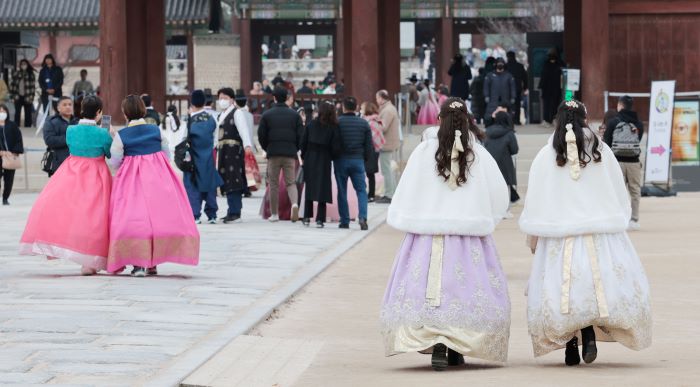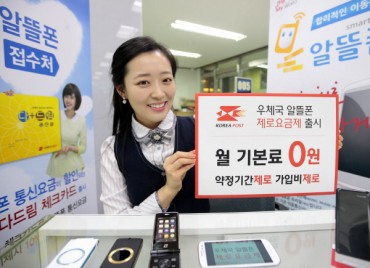
Foreign tourists take pictures as they brave the falling snow at Gwanghwamun Square in Jongno-gu, Seoul. (Image courtesy of Yonhap)
SEOUL, Dec. 16 (Korea Bizwire) –A growing number of Southeast Asian tourists are facing failed attempts to enter South Korea, primarily due to difficulties in obtaining approval through the Korea Electronic Travel Authorization (K-ETA) system.
As a result, many are expressing dissatisfaction with Korea’s rigorous travel authorization system and are instead turning to other destinations like Japan and China.
According to tourism industry insiders, tourists from seven major Southeast Asian countries (Malaysia, Hong Kong, the Philippines, Vietnam, Thailand, Singapore, and Indonesia) accounted for 21.4 percent of all visitors to Korea from January to October of this year.
This figure is a significant increase from the 18.6 percent recorded up to 2019, surpassing the number of tourists from Japan (20.8 percent) and China (17.4 percent).
Despite the growing interest in Korean tourism among Southeast Asians, the stringent travel permit requirements have become a major obstacle. Introduced in September 2021, the K-ETA aims to combat illegal overstays but has been criticized for excessively stringent screenings that hinder the entry of Southeast Asian tourists.
Tourists denied K-ETA approval are unable to enter Korea. After three rejections, they must apply for a separate visa, a process complicated by the lack of clear reasons for denial.
An interview with a travel agency specializing in Southeast Asia revealed that some groups, feeling antagonized by Korea’s demanding entry process, have switched their destination to Japan “out of spite.”
This shift comes at a time when winter attractions in Korea, such as snow tourism, would typically see an increase in visitors from Southeast Asia.
In response, the government is taking steps to facilitate foreign entry. It has decided to extend the fee waiver for group visas, initially applied only to Chinese tourists, to major Southeast Asian countries like the Philippines and Indonesia.
However, there is skepticism that waiving the 18,000 won fee will help attract tourists. The benefit, while better than none, may not be enough to recapture the interest of those who have already turned away from Korea.
The tourism industry advocates for more flexible K-ETA screening, but no significant changes have been announced so far. The Ministry of Justice, which oversees immigration, has said that it would maintain its stance of intervening should illegal overstays increase.
Experts warn that any aggressive attempts to limit illegal stays through the K-ETA program could dampen the desire to visit Korea. Once a negative perception takes root, it is difficult to eradicate.
A travel agency representative noted in an interview, “The prerequisite for a joyful trip is a warm welcome. But if tourists start their journey worrying about entry issues, who would want to come? If we continue to coldly regard tourists who love Korea as potential illegal migrants, it builds a psychological barrier, potentially leading to avoidance of Korea by key Southeast Asian markets.”
Lina Jang (lina@koreabizwire.com)







